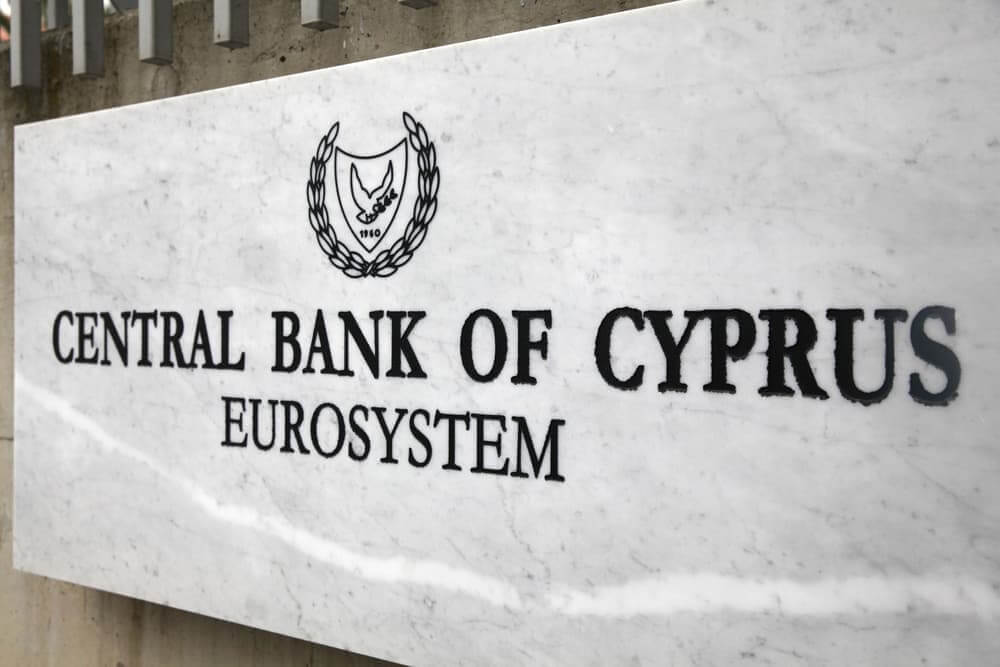
Central Bank of Cyprus
Cyprus is a highly popular spot for online brokerages from all over the world to set up their businesses. It’s also home to one of the most important broker regulators, CySEC. However, all those institutions need to work within the legislative and financial framework set by the country. And one of the most important institutions inside that framework is none other than the Central Bank of Cyprus.
In modern times, most central banks share a lot of functionality with each other. The Central Bank of Cyprus is no different, and acts as the Republic of Cyprus’ primary bank. It’s located in Nicosia and has been operating since 1963 in its current iteration. That makes it quite a bit older than other similar institutions, which usually take over roles from other entities. Prior to Cyprus adopting the euro, the Central Bank had the role of minting Cypriot currency and coins.
History
The history of regulatory institutions is interesting, as it shows us a glimpse into the past of the country itself. However, it also has a large effect on the current form and obligation of financial institutions. You can oftentimes see traces of modern entities in institutions that go hundreds of years back.
For the Central Bank of Cyprus, its history began in 1927 with the Cyprus Currency Board, which followed Cyprus’ annexation. Before that, the country was a part of Turkey and only became leased to the British by the Treaty of Lausanne. Be that as it may, it paved the way for Cyprus to create its own government and financial institutions.
The Currency Board was headed by a chairman, and was in charge of issuing currency for Cyprus. At the time, there were the Cypriot pound, shillings and piastres, and that later switched to pounds and mils. However, the Currency Board was still highly dependent on the Bank of England, since Cypriot pounds were linked to the pound sterling.
Only once Cyprus gained independence from Britain in 1960 have things begun to change. The president and VP of Cyprus opted to found a new institution that would act as the country’s central bank. That led to the foundation of the Central Bank of Cyprus three years later, in 1963. The reason it took that long is that the bank was called an issuing bank in the constitution rather than a central bank.
Since then, not much has changed with the Central Bank of Cyprus. The country joined the European Union in 2004, with plans to join the Eurozone. The conversion was realized in 2008, and the official currency became the euro, making the Bank’s currency issuing function obsolete.
Goals and Functions
So with that out of the way, let’s look at how the Central Bank of Cyprus looks at the current time. For starters, the head of the Bank is no longer called the chairman but the Governor of the Central Bank of Cyprus. The president of the Republic of Cyprus is the one that appoints people to that position, and they serve five-year terms, although the period is renewable.
The Central Bank of Cyprus has two vital entities, the Board of Directors and the Governing Council. However, even with the two bodies present, the brunt of the power remains in the Governor’s hands. As such, they were responsible for the policy of the Bank and how it relates to Cyprus’ overall economy. However, the role switched to the President of the European Central Bank as Cyprus joined the Eurozone in 2008. However, the Governor of the Central Bank of Cyprus still enjoys an important role, sitting in the Governing Board of the European Central Bank.




